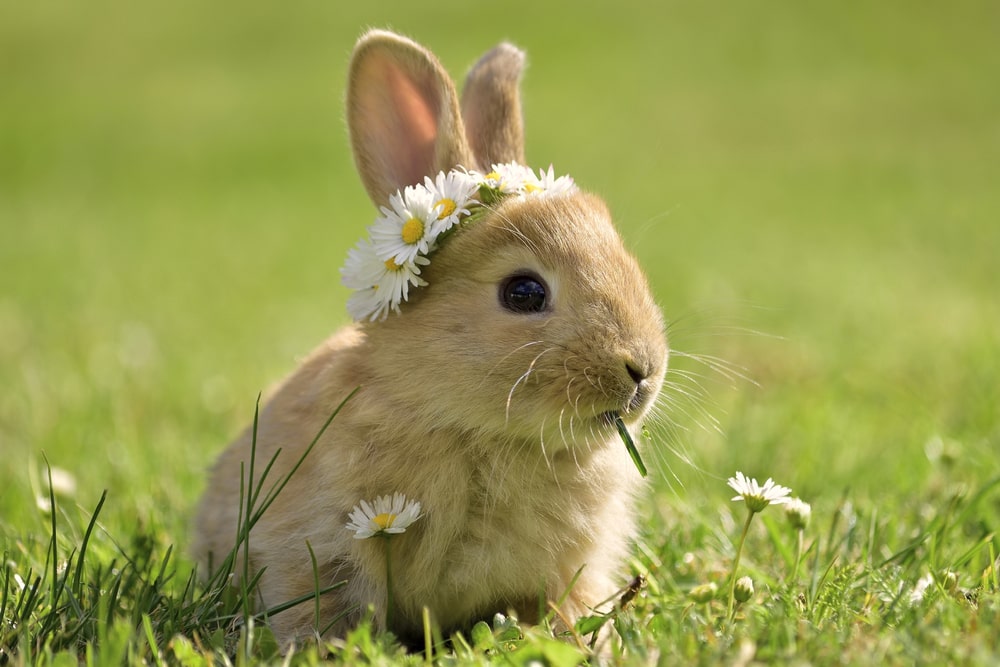NOW ONTO MAY WITH NEEDED GARDENING TASKS
First, let’s re-cap April.
April ended with cool days with plenty of rainfall. This is a good thing. Sure, we had some night temperatures down into the thirties but very few of us experienced any damaging frost. April has really helped to create the ideal condition for May to be a wonderful planting month. I use my “trusty” soil thermometer and our soil temperature as of May 1 is at 58 degrees. This is great news as we enter May. Last year our soil temperature was 70 degrees at this same time period. What a difference a year makes for gardening.
Speaking of what a difference a year makes for gardening – all our lives have been changed with this COVID-19 pandemic. But, the one constant bright light that I am seeing is with gardening. More people and families are turning to plants and gardening more than ever before. People are using gardening as a way to be outside staying safe and having good quality family time. I love seeing this happening especially during these trying times in our lives.
HERE ARE JUST A FEW GARDENING AND LANDSCAPE TASKS THAT SHOULD BE DONE IN MAY
- Once your azaleas have finished blooming they can be trimmed – only if needed. And, this is the ideal time to fertilize azaleas. I recommend feeding azaleas with ESPOMA HOLLY-TONE.
- Now that May is finally here, I think it is safe to move the tropical house plants outside. Here is an important tip: to avoid sunburning the foliage, move the house plants outside in shade first for a few days. Let the plants get used to this new environment. After a few days in the shade, you can then progress to moving the plants into more sunlight.
- Hummingbirds are here!!! Now is the time to put out a clean hummingbird feeder. Enjoy!!!
- May is a good time to put down a second application of crabgrass preventer.
- PLANT MORE FLOWERS – especially native plants that are attractive to bees and butterflies. Let’s show our support to these beneficial plants!
- Birds have 5 basic needs: food, water, shelter from hot and cold weather, nesting sites, and protection from predators. Supply these and you will have many more birds around your home to entertain you and to control insect pests.
May is lining up to be a fantastic planting month. Staying home is your safe haven. And, planting vegetables and flowers is a great outdoor activity to keep us active and sane during these trying times.
PLANT A LITTLE HAPPINESS!!!!!!!!!!!!!!!!!!!!!!


I have moles and voles a plenty. Considering applying bioadvance grub killer plus to remove the mole food and hope the moles leave. Grub killer ha a short life and needs to be applied when you see grubs in the soil. So far I have not seen any active grubs. 1) When should I see grubs 2) Is this a reasonable plan to get rid of moles.
Catherine,
Moles and Voles are quite different. Since you mention grubs then I think you are having some issues with moles and not voles. Voles are vegetable eaters and eat the root systems of plants. Another characteristic of a mole is that they are quite sedentary in that they don’t like crowds. So, I am thinking that your problem is with only a couple of moles. The life cycle of their food source – the white grub worm is this: the grubs turn out to be Japanese Beetles in mid-summer. The beetles fly around, eating plants, and mating. They then lay eggs. in the fall these eggs turn into white larvae. As we cool down in late fall, the grubs start going deep in our soil for the winter. As we begin to warm in the spring, the grub worm starts to surface. This is when the mole is scurrying around under ground eating away.
Here is what I suggest: try controlling the japanese beetle population this summer. Beetle traps work wonders. The more beetles you capture in these beetle bags the less egg laying / larvae creating you will have come fall. another step to do is in late September / early October – you want to put down a grub killer at this time. You goal is to kill as many white grub worms while they are close to the surface of the soil and before they head deep into the soil for the winter.
Another grub control product to consider is Milky Spore. Milky Spore is a biological grub control. Good luck in your mission. Doug
We have used the beetle traps in the past, but have been told that they just attract the Japanese beetle to the very plants that you want to get them away from. So this year we didn’t use the bags. Is this a good idea?
We used Milky Spore in the fall, but don’t we have to repeat the applications?
When in the fall is the best time to apply it for the first time? Sept.?
Thank you,
Dianne,
Milky Spore is excellent for controlling the white grubs. As for the beetle trap bags. You want to place the bags in a far, remote area. The lure inside the trap will draw the beetles away from your plants and to the bag. Usually, people do repeat applications of Milky Spore, even though it naturally multiples. We recommend applications in late February (before the grubs begin to surface) and then again in the fall ( before the grubs start moving down deep in the ground for the winter). Doug
Grub control presents a delicate balance. Birds depend on grubs. If you use anything other than perhaps milky spore, you’re not doing nature any favors. Squash beetles with your hands and have a can of soapy water handy to drop them in to drown them. Enough said…
Gil,
Good comments. I like it. Doug